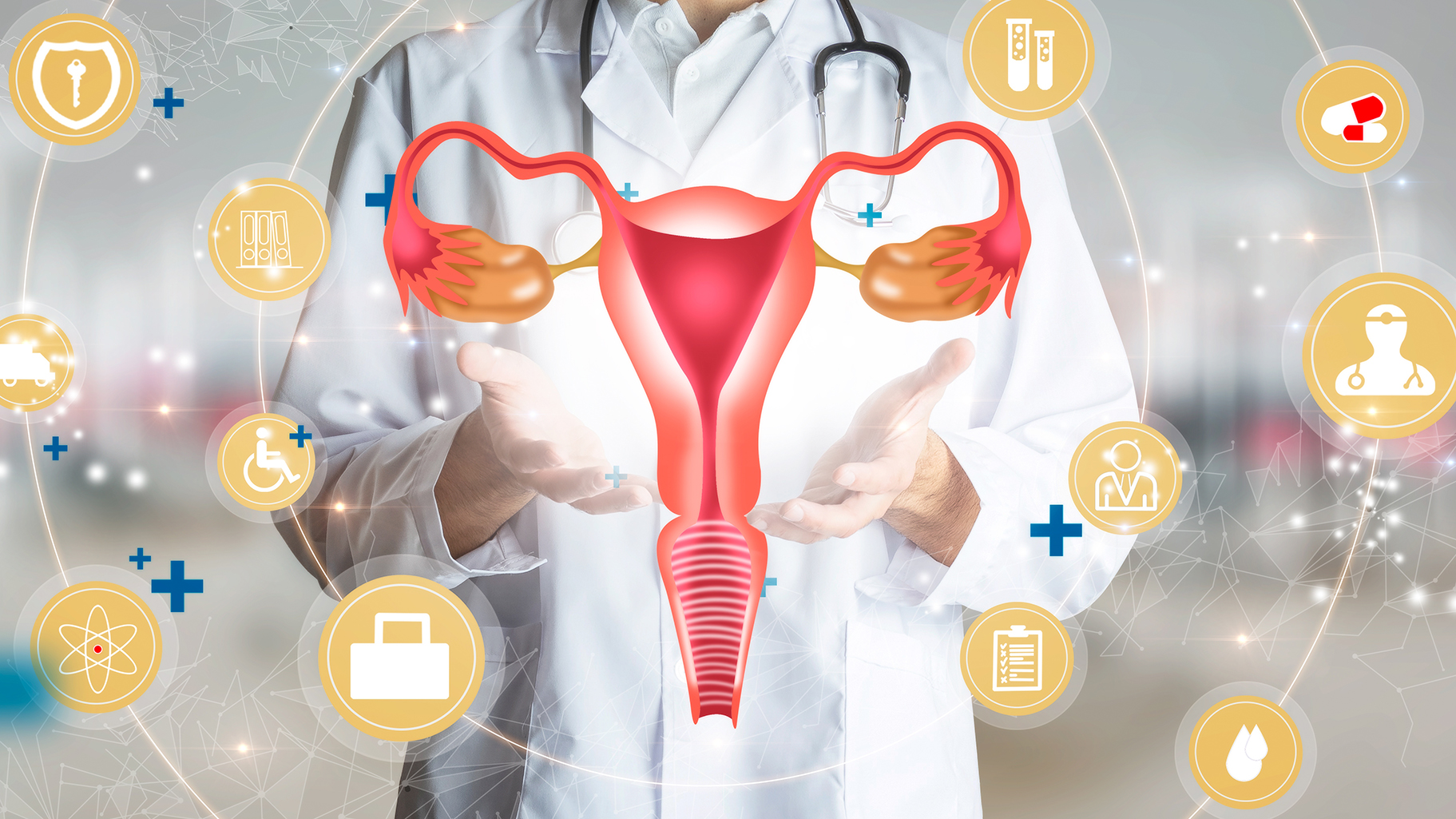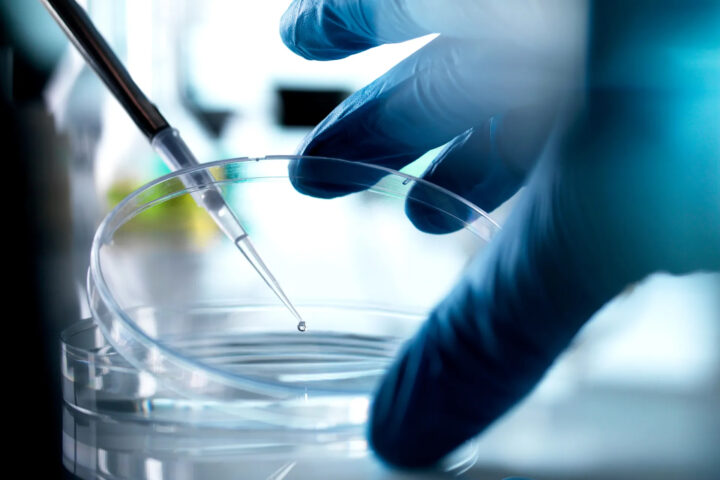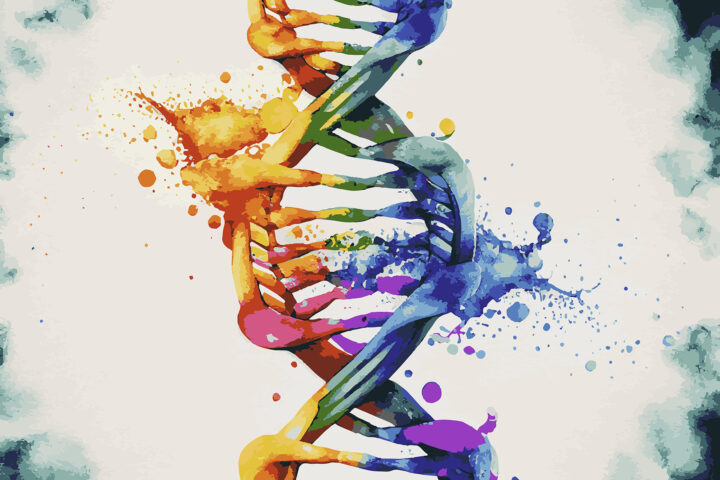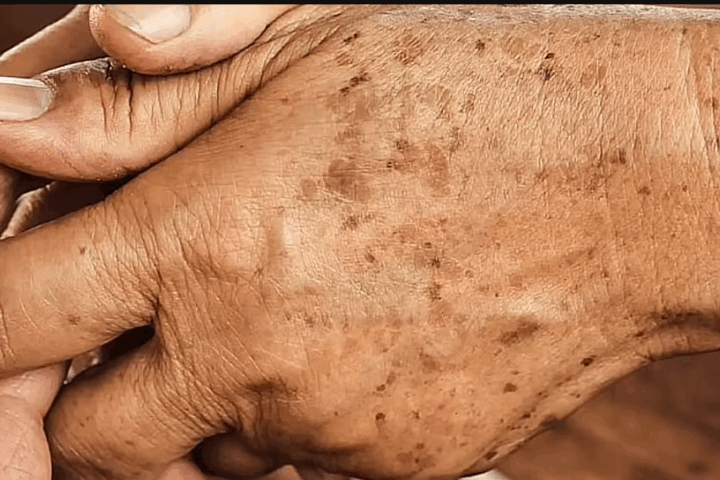In an era where science is reshaping the very definition of aging, one compound has consistently dominated the conversation: rapamycin. Originally unearthed in the soil of Easter Island, this enigmatic molecule has evolved from an obscure antifungal agent into a promising anti-aging intervention. But its implications stretch far beyond longevity alone—rapamycin may hold the key to mitigating the accelerating decline in global birth rates by preserving female fertility. As nations confront the demographic fallout of plummeting birth rates, the intersection of longevity science and reproductive health has never been more critical.
The Global Fertility Crisis: A Ticking Time Bomb
For centuries, human population growth seemed unstoppable. Yet today, the narrative has flipped. Global fertility rates have plummeted from an average of five children per woman in 1950 to roughly 2.3 in 2021, with projections pointing to a further decline below replacement levels in the coming decades. Some nations, such as South Korea, have already dipped to record-low fertility rates of just 0.72 births per woman, setting off alarms about economic stagnation, labor shortages, and the sustainability of social welfare systems.
Why Are Birth Rates Falling?
The reasons behind this crisis are complex and multifaceted:
- Economic Pressures: The rising cost of living, housing, education, and healthcare has made raising children a daunting financial commitment.
- Women’s Empowerment: Increased access to education and career opportunities has led many women to delay childbirth or opt for smaller families.
- Urbanization: The migration to cities has weakened traditional family support structures, making child-rearing more challenging.
- Cultural Shifts: Societal norms have evolved, with a growing acceptance of child-free lifestyles and later-life pregnancies.
As fertility rates continue to nosedive, governments worldwide are scrambling to implement policies that incentivize childbirth, from generous parental leave to financial subsidies. Yet science may offer a more profound solution: extending female fertility itself.
Rapamycin and the Biological Clock: Can We Delay Ovarian Aging?
One of the fundamental constraints on female fertility is ovarian aging. Unlike other organs, the ovaries have a fixed number of eggs at birth, which decline in both quantity and quality over time. Rapamycin, however, has emerged as a potential game-changer in this arena.
How Rapamycin Works
At the heart of rapamycin’s effects lies the mechanistic target of rapamycin (mTOR) pathway—a master regulator of cell growth, metabolism, and aging. By inhibiting this pathway, rapamycin slows down cellular processes that lead to aging and degeneration. When applied to ovarian function, this inhibition could reduce the rate at which eggs are depleted, effectively extending a woman’s fertile years.
Scientific Findings on Rapamycin and Fertility
While research is still in its early stages, animal studies have provided compelling evidence:
- In mice, short-term rapamycin treatment has been shown to extend ovarian lifespan, preserving egg quality and delaying reproductive decline.
- In human trials, a pilot study involving 50 women suggested that weekly rapamycin dosing could delay ovarian aging by up to 20%.
- Emerging research is now exploring whether rapamycin could extend menopause timelines, potentially offering women more reproductive flexibility.
While the long-term effects of rapamycin on fertility remain uncertain, these findings hint at a future where women may no longer be bound by the rigid constraints of biological aging.
Rapamycin as an Anti-Aging Compound
Beyond fertility, rapamycin has demonstrated profound anti-aging effects across multiple systems of the body. Originally approved as an immunosuppressant to prevent organ rejection, rapamycin’s potential in longevity science has sparked widespread interest in recent years.
Extending Lifespan: From Mice to Humans
Rapamycin’s longevity-enhancing effects have been widely documented in animal models:
- Mice given rapamycin experience lifespan extensions of 15-30%, even when treatment begins in middle age.
- Fruit flies and worms exhibit similar lifespan benefits, reinforcing rapamycin’s potential as a universal aging modulator.
- Human studies are now underway to determine whether rapamycin can slow the progression of age-related diseases such as neurodegeneration, cardiovascular decline, and immune dysfunction.
Real-World Applications and Limitations
Despite its promise, rapamycin is not without risks:
- Immune Suppression: As an immunosuppressant, rapamycin can increase vulnerability to infections.
- Side Effects: Some users report mouth ulcers, fatigue, and metabolic disruptions.
- Unclear Dosing Protocols: Longevity research is still in its infancy, meaning optimal dosing regimens for anti-aging effects remain unknown.
Prominent figures in the longevity field, such as tech entrepreneur Bryan Johnson, have experimented with rapamycin but later discontinued its use due to health concerns. Such caution underscores the need for robust clinical trials before widespread adoption.
The Future of Longevity and Reproductive Health
The convergence of longevity science and fertility research marks a paradigm shift in how humanity approaches aging. If rapamycin or similar compounds can extend both general lifespan and reproductive health, the implications could be transformative:
- Women may have more control over their reproductive timelines, reducing societal pressure to conceive within rigid windows.
- Economic and labor shortages tied to declining birth rates could be mitigated if fertility windows are extended.
- Aging populations could benefit from healthier, longer lives, reducing the burden on healthcare systems.
While rapamycin is not a silver bullet, it represents an exciting frontier in the science of human lifespan and fertility. As research progresses, society may find itself on the cusp of a new era where aging is no longer an immutable force, but a modifiable variable in the human experience.
Sources
- Medical News Today – “Common drug could extend women’s fertility by as much as 5 years”
- The Guardian – “‘Dream come true’: study suggests drug could extend women’s fertility”
- Fertility and Sterility Journal – “Does rapamycin delay ovarian aging and decrease follicle loss in young and old female macaques?”
- NewYork-Presbyterian – “Pilot Study Evaluates Weekly Pill to Slow Ovarian Aging, Delay Menopause”
- National Center for Biotechnology Information (NCBI) – “Rapamycin extends life- and health span because it slows aging”
- Institute for Health Metrics and Evaluation (IHME) – “The Lancet: Dramatic declines in global fertility rates set to transform societies”
- Organisation for Economic Co-operation and Development (OECD) – “Declining fertility rates put prosperity of future generations at risk”
- Institut National d’Études Démographiques (INED) – “Mapping the massive global fertility decline over the last 20 years”
- Reuters – “Global fertility rates to decline, shifting population burden to low-income countries”
- CNN – “Global fertility rates to plunge in decades ahead, new report says”
- Our World in Data – “Fertility Rate”











